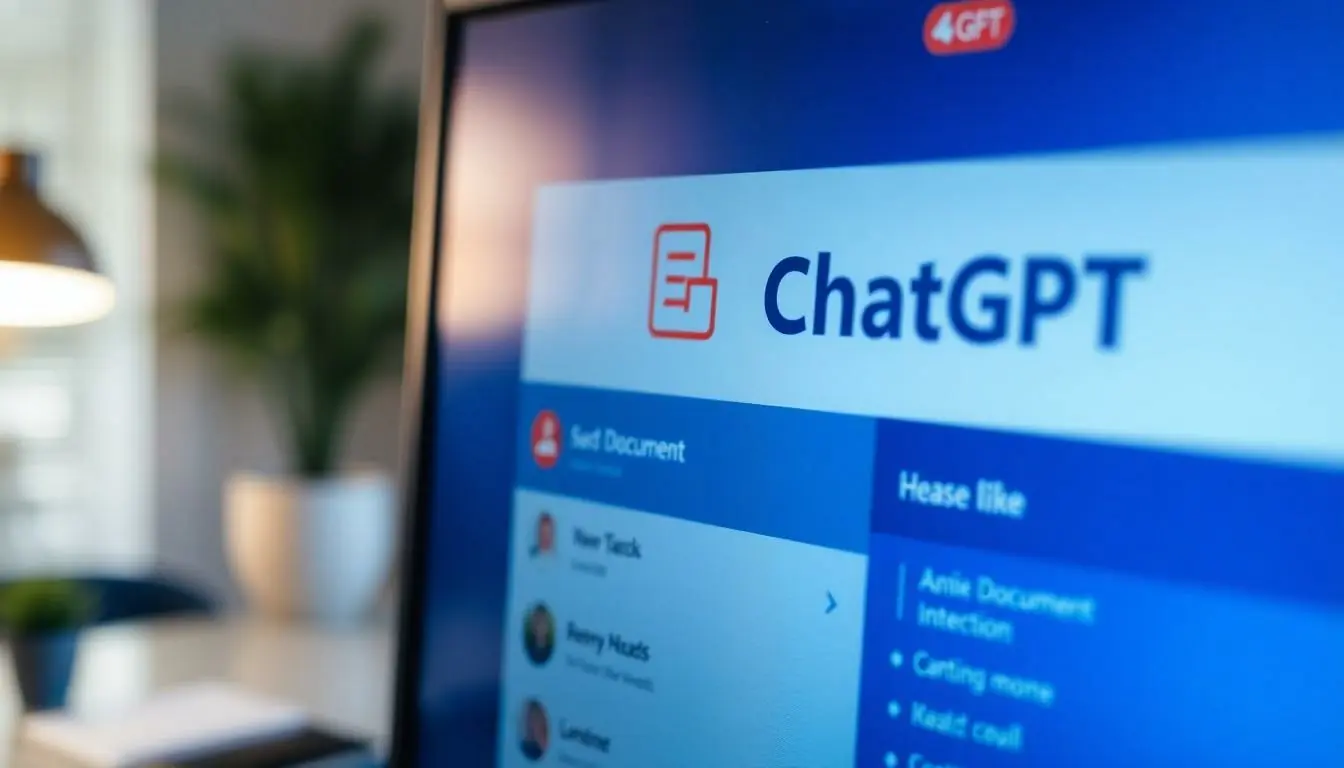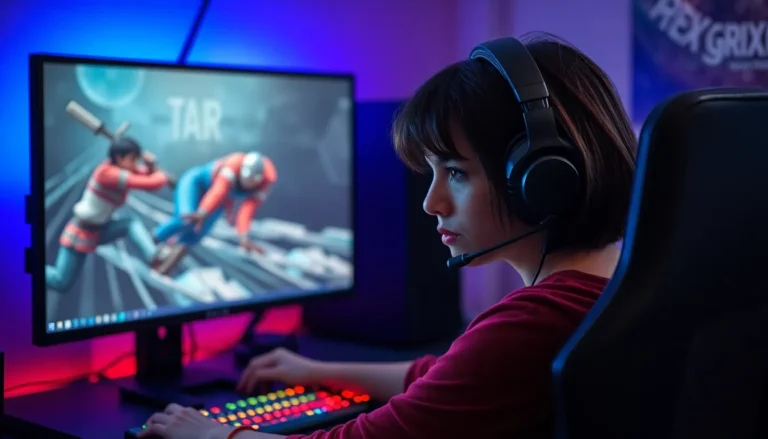Table of Contents
ToggleIn a world where communication is key, knowing how to attach a document in ChatGPT can save the day. Imagine typing away, crafting the perfect message, only to realize you need to share that all-important file. Panic sets in, but fear not! This guide is here to turn you into a document-attachment ninja faster than you can say “file sent.”
Whether you’re sharing a report, a hilarious meme, or the secret recipe for grandma’s famous cookies, attaching documents shouldn’t be a mystery. With a few simple steps, you’ll be tossing files into the chat like confetti at a party. Get ready to impress your colleagues and friends with your newfound skills—because nothing says “I’ve got my life together” quite like seamlessly sharing documents in ChatGPT.
Understanding ChatGPT Document Features
Attaching documents in ChatGPT enhances communication by allowing users to share valuable information directly. This feature simplifies collaboration and increases productivity across various scenarios.
Importance of Document Attachment
Effective communication often involves sharing documents that contain critical information. Attaching files enables participants to access resources quickly, aiding discussions and decision-making. Users leverage this functionality to present reports, images, and other essential materials during the conversation. Greater clarity emerges when information aligns with shared documents, improving understanding among participants. Mastering document attachment amplifies communication efficiency within ChatGPT, making workflows smoother.
Supported File Types
ChatGPT supports a variety of file types, enhancing the versatility of document sharing. Users can attach standard formats like PDF, DOCX, and TXT. Image formats such as JPEG and PNG are also acceptable, allowing visual content to accompany text. Presentations in PPTX format can be shared, enabling seamless collaboration on projects. Familiarity with these supported file types encourages users to leverage the full capabilities of ChatGPT, facilitating a comprehensive communication experience.
Steps to Attach a Document

Attaching a document in ChatGPT requires a few simple steps. Users can prepare files for seamless sharing and then utilize the chat interface effectively.
Preparing Your Document
First, ensure the document is in a supported format. Common formats include PDF, DOCX, TXT, JPEG, PNG, and PPTX. Users must also verify that the document does not exceed size limits. Organizing the content clearly and concisely improves comprehension. Save changes before attempting to attach the file to avoid sharing outdated information.
Using the ChatGPT Interface
Open the ChatGPT interface to begin. Locate the paperclip icon or attachment button within the chat window. Clicking this icon prompts the user to choose a file from their device. Select the intended document and confirm the attachment. After attaching, users can provide context or a description within the chat for clarity in communication.
Troubleshooting Common Issues
Encountering issues while attaching documents in ChatGPT can hinder effective communication. Common problems include document size limitations and file format errors.
Document Size Limitations
Each document has a specific size limit, often set at 10 MB. Exceeding this size restricts the ability to attach files. When running into size issues, consider compressing the file or splitting it into smaller documents. Various online tools can assist with file compression. It’s advisable to check the current size of the document before attempting to attach it. Reducing image quality within documents may also help in meeting size requirements.
File Format Errors
Supported file formats play a crucial role in successful document attachment. ChatGPT typically accepts formats like PDF, DOCX, TXT, JPEG, PNG, and PPTX. Using unsupported formats results in error messages during attachment attempts. Ensure the document matches one of these accepted types. Renaming the file extension without changing the file format doesn’t resolve format errors. Double-checking file compatibility is essential for a smooth attachment process. Converting the file to a supported format usually rectifies these issues.
Best Practices for Attachment
Effective document attachment not only enhances communication but also ensures clarity in collaborative environments. The following best practices help streamline this process.
Organizing Your Documents
Organizing documents simplifies the attachment process. Start by naming files clearly and descriptively, allowing recipients to understand content at a glance. Group similar documents in dedicated folders for easy access. Use consistent formatting and version control, especially for collaborative projects. Avoid cluttered desktop environments by keeping only necessary files visible. A well-structured document storage system minimizes confusion and saves time during attachments.
Ensuring Privacy and Security
Prioritizing privacy and security is crucial when attaching documents. Encrypt sensitive files before sending them, providing an added layer of protection. Consider password-protecting documents containing confidential information. Sharing files through secure channels further enhances security, ensuring data remains protected during transmission. Familiarize yourself with platform-specific privacy settings to safeguard personal data. Regularly updating your software also helps protect against vulnerabilities that could expose attachments to unauthorized access.
Mastering the art of attaching documents in ChatGPT significantly enhances communication and collaboration. By understanding the various file types supported and following the outlined steps, users can share important information effortlessly.
It’s crucial to keep document organization in mind and ensure files are appropriately formatted and sized. Following best practices not only improves clarity but also safeguards sensitive information.
With these skills, users can navigate ChatGPT more effectively, making their interactions more productive and streamlined. Embracing this functionality opens up new avenues for efficient communication in both personal and professional settings.








